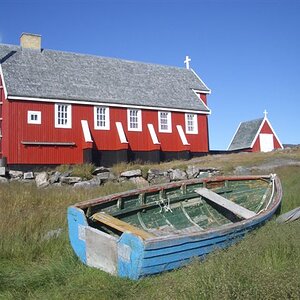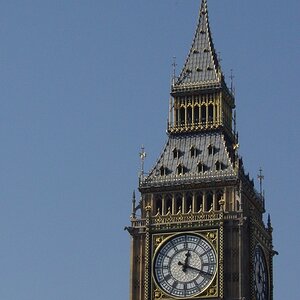jc.dempsey
TPF Noob!
- Joined
- Sep 10, 2015
- Messages
- 26
- Reaction score
- 2
So I was wasting time at work on B + H. I came across this Vello Macrofier for Canon EF mount lenses. You can supposedly reverse mount your lens, just like those little adapter rings, but you still have control of aperture and auto focus. As a plus it looks like it might protect the lens mount and rear element (sort of like a lens hood).
I doubt the autofocus system in my 70d could work with that, but I could probably control the AF through EOS utility on my computer.
Has anyone had any experience with this gadget? I'm not really in the market for a dedicated macro lens but it looks like it could be a lot of fun.
Vello Macrofier Reverse Mount Adapter and Extension Tube RM-CEF
I doubt the autofocus system in my 70d could work with that, but I could probably control the AF through EOS utility on my computer.
Has anyone had any experience with this gadget? I'm not really in the market for a dedicated macro lens but it looks like it could be a lot of fun.
Vello Macrofier Reverse Mount Adapter and Extension Tube RM-CEF








![[No title]](/data/xfmg/thumbnail/33/33846-dc3d508d5436a047770e1d5c2cbdd593.jpg?1619736165)



